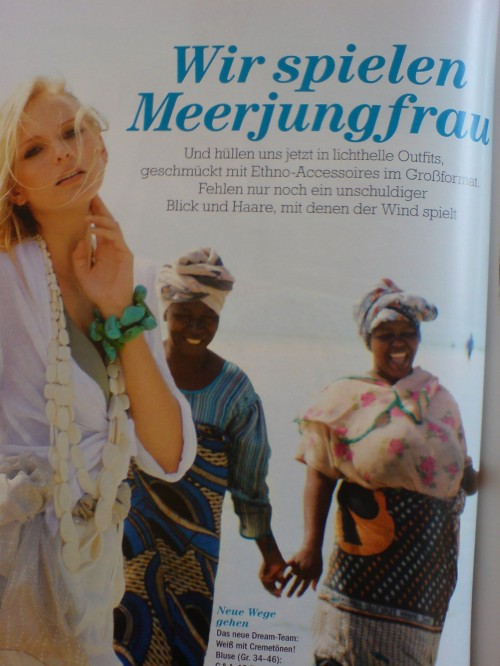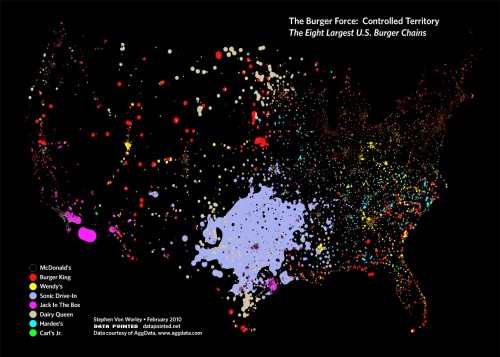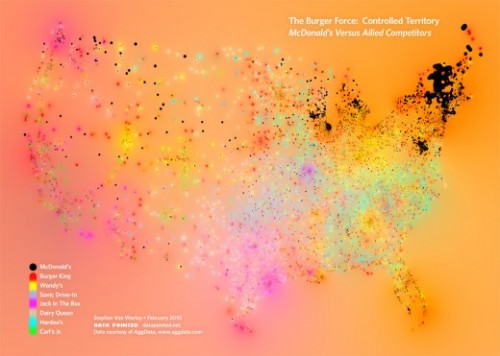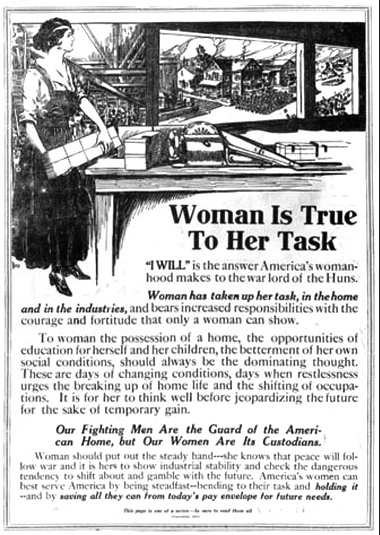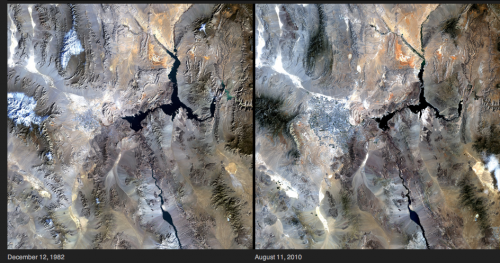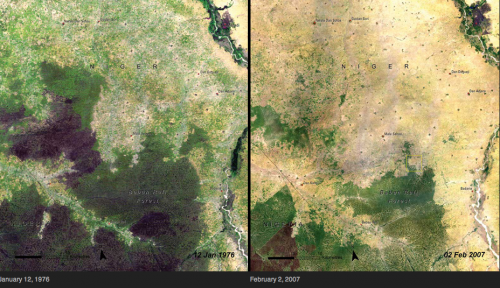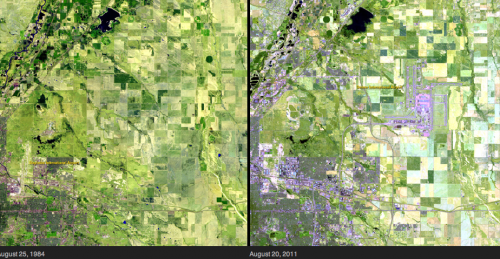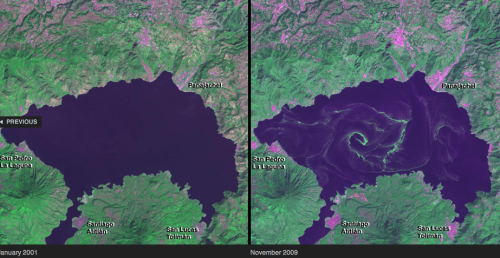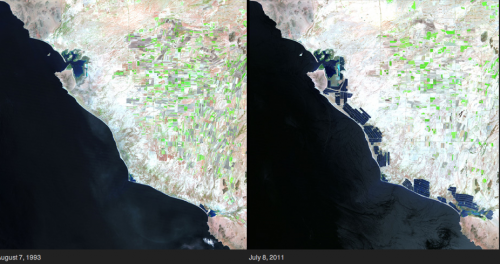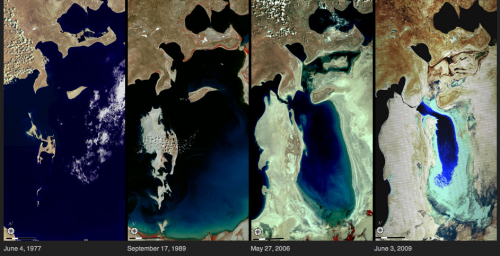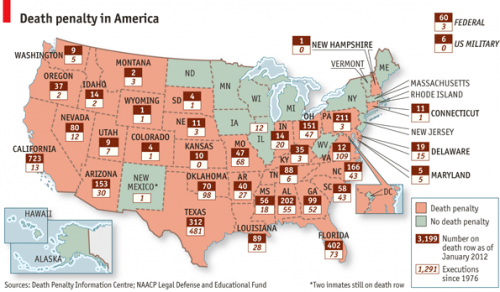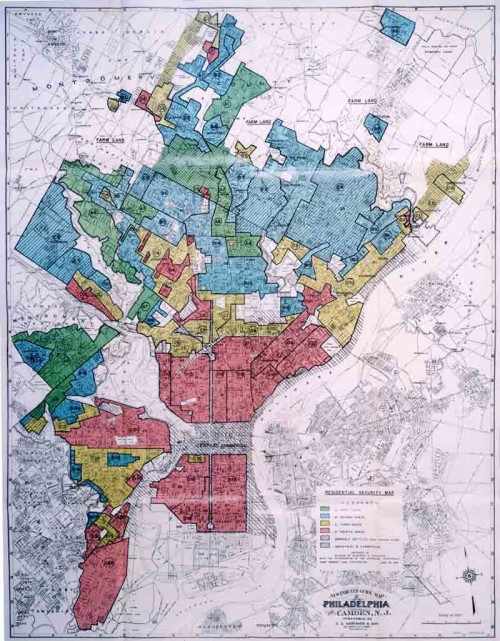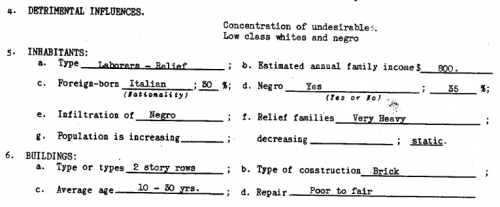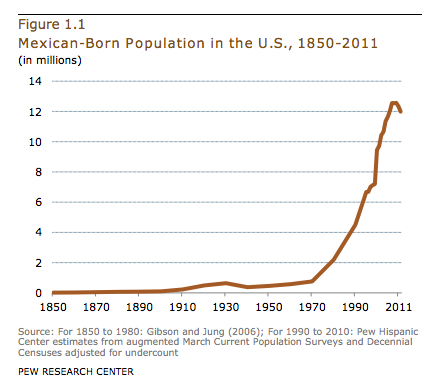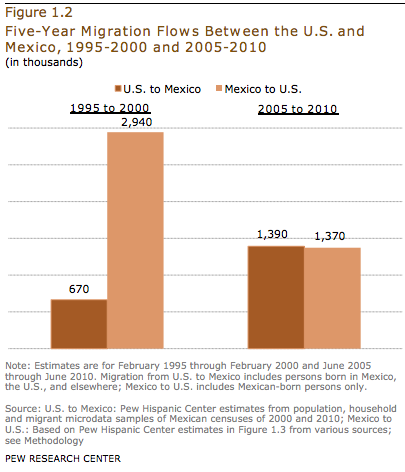We’ve posted a number of times on the use of non-Western locations, and their residents, as background props in ads, catalogs, and fashion spreads, and the examples keep coming. A while back, Rebecca Smith-Mandin sent in this ad for Conrad hotels, in which the implicitly wealthy, White audience is invited to indulge in “the luxury of being yourself,” which includes the ability to have authentic, off-the-beaten-path experiences in far-flung locales, while remaining clearly distinct from them:
Similarly, last year Anna-Sara H. found this image in the German women’s magazine Freundin:
Anna-Sarah’s translation (which she says loses some of the poetic intent of the original):
We are playing mermaid. And wrap ourselves in light-bright outfits now, adorned with large-sized ethnic accessories. The only things missing are an innocent gaze and hair being played with by the wind.
In both cases, we see a very common trend in ads or photo shoots for fashion and luxury services: non-White individuals may be included in the photo shoot, but they are not used to model the use of the product or service itself. As Ashley Mears argues in her ethnography of modeling, Pricing Beauty: The Making of a Fashion Model, non-White bodies are generally seen as incompatible with the idealized fantasy of inaccessibility and sophistication that is the guiding aesthetic for fashion mag editorials and advertisements for luxury goods. In these images, we see that non-Whites are included in a way that superficially increases diversity in a magazine’s pages, without disrupting the assumption that the imagined consumer — the subject of these images — is White.


